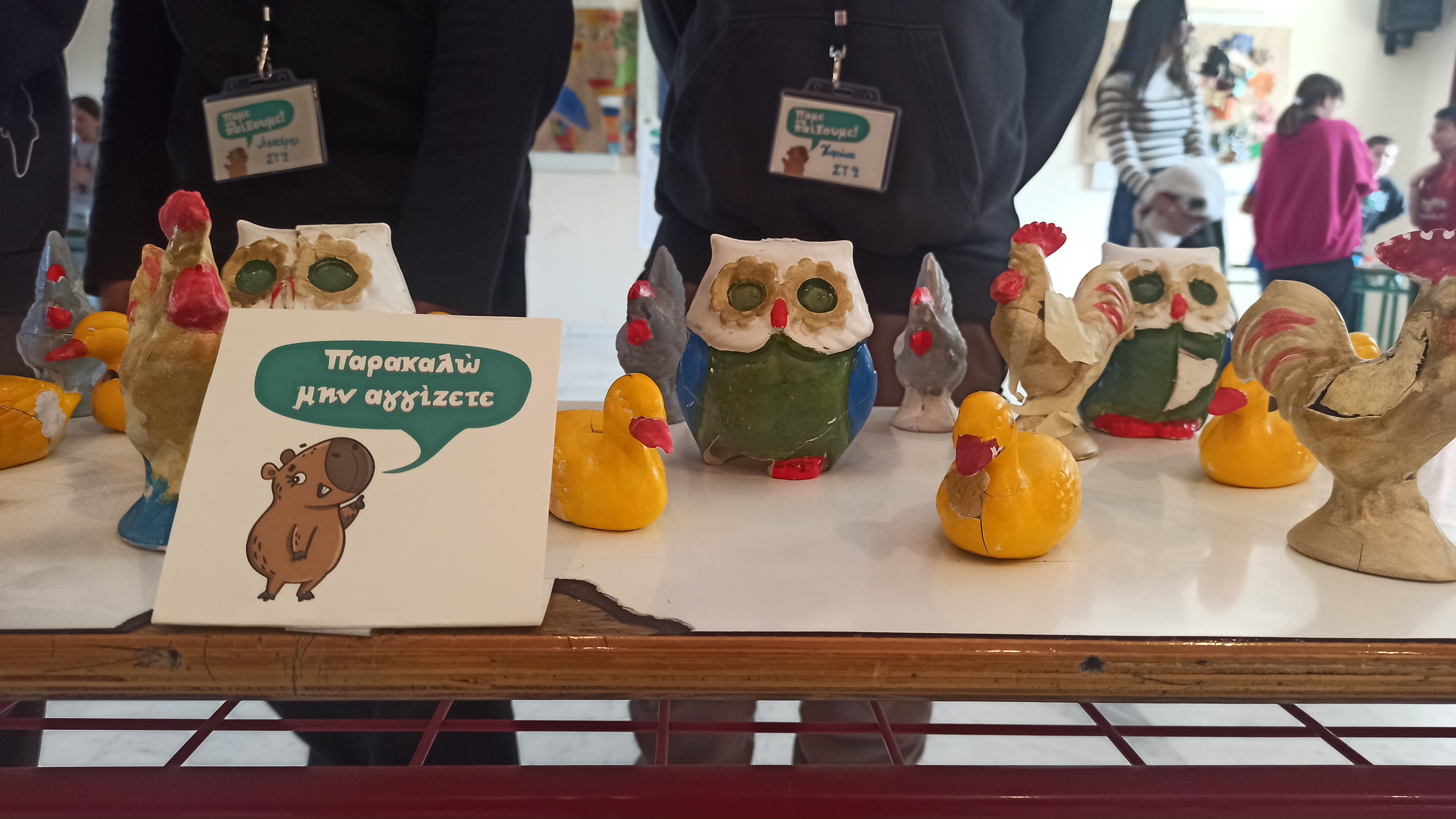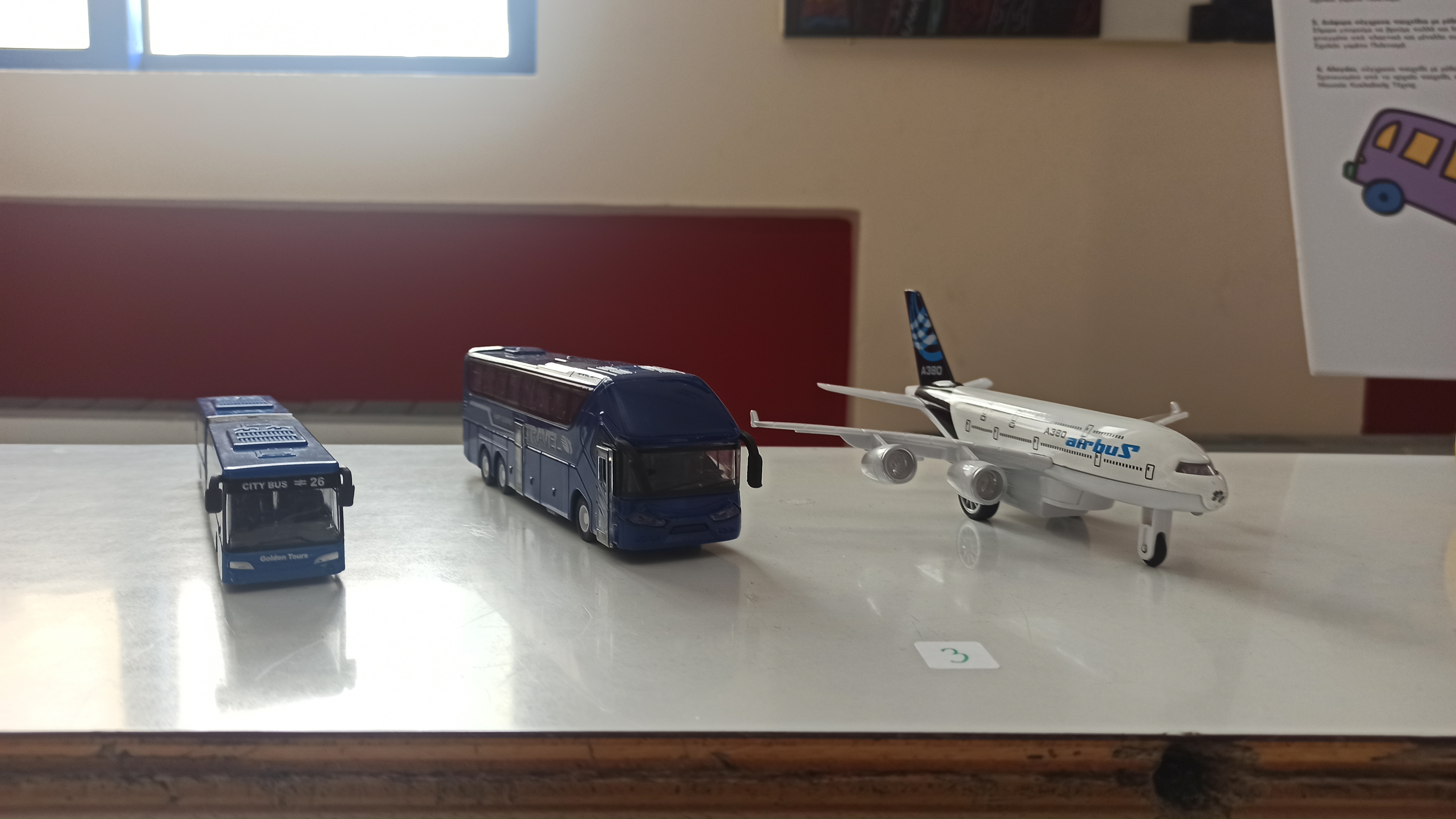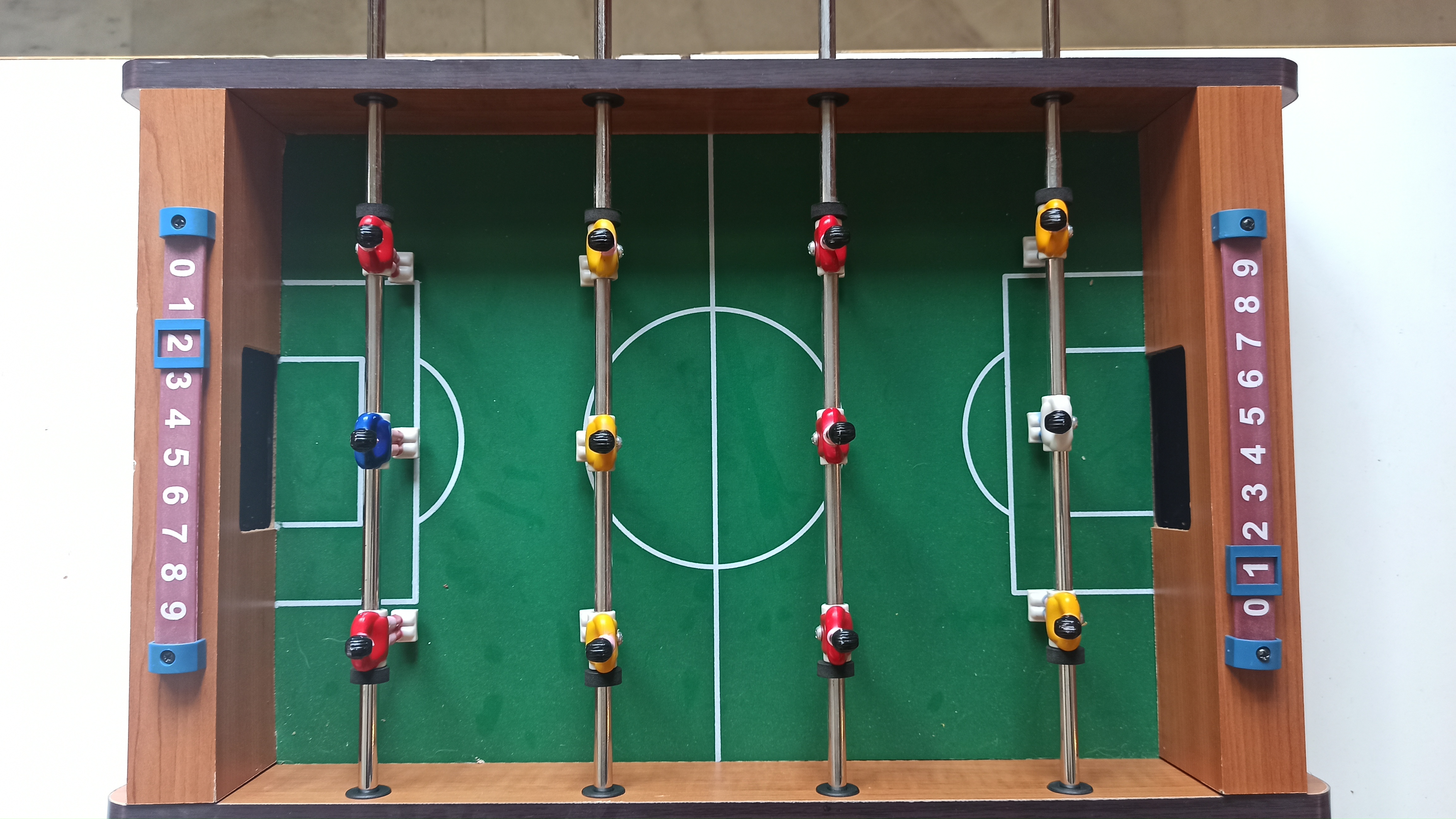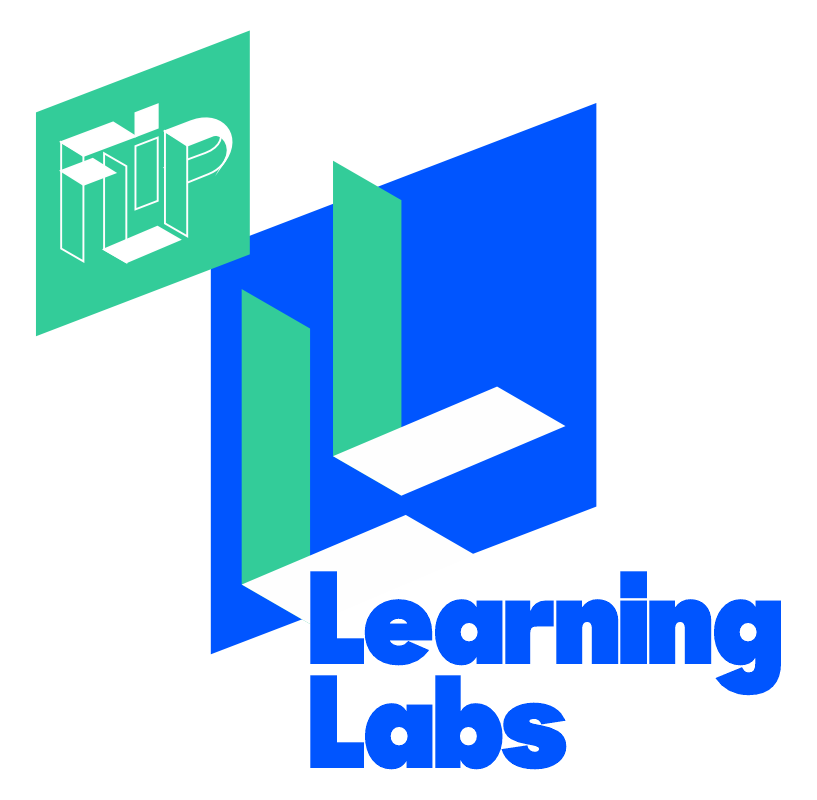In the outskirts of Athens, Peripatos in cooperation with the 1st Primary School of Vrilissia is teaching students different ways to relate cultural heritage to everyday items, like toys. Through the Creative FLIP Learning Labs program, a project initiated by the Goethe-Institut Brussels in cooperation with ECHN that aims to connect schools with the cultural and creative sector, the students got familiar with creative professions about the way, means and requirements of their process in a hands-on and interactive learning experience. The students of sixth grade arrived at school excited to present a fully curated exhibition to the rest of the students and show the younger ones the history of toys.
The students went through multiple stages of an archaeological exhibition with the help of Peripatos team. Starting from the excavation and restoration of the items, they later had to explore their origin. After they studied the background of each toy, they divided them into groups. Next to every section the students had designed boards with descriptions of each item and a QR code that allowed us to listen to a recorded guided tour they had prepared. From the text, to the graphic design and the recordings, everything was initiated by the students and each one of them was responsible for a different role. When we arrived at the school, they were excited to present the exhibition and guided us through each section, while meticulously explaining the games.
The exhibition was divided in sections according to the main purpose of the toy, including ceramic toys, toys with wheels, dice, card games, board games and a playground for individual and team games. Each section narrated the evolution of the toys through time and we could observe how a simple pair of ceramic wheels became a track or an aeroplane miniature in the past decades. In individual games you could explore spinning wheels, hula hoops and puzzles, while board games seemed to be everyone’s favourite!
After our guided tour, we got the chance to talk with a few students and get their impression on the experience. They agreed that the trip to the museum was one of their favourite parts of the project, as they got the chance to work collectively and solve riddles that led them to explore more information about each of the findings. The students talked to us about the team spirit they felt while working together and how this experience gave them an insight into professions they had little knowledge about. We were also curious to find out whether they would consider a job in the Cultural and Creative Sector later in the future and were glad to receive several positive responses. Creative FLIP Learning Labs is happy to support an interactive school that promotes creativity and lets students explore their own interests and abilities through art and culture.
Creative FLIP Project | My Culture, My Story
“Smyrna is a princess” wrote already Victor Hugo who knew of the invaluable beauty and cultural richness of Izmir, and offered it a poem.
Nowadays the city’s rich cultural heritage is carried on by initiatives such as Kentimiz İzmir Derneği, a non-profit organisation in the city of Izmir, devoted to protecting, developing and raising awareness of the city’s heritage. In the Konak district, home to Izmir’s oldest neighbourhood bazar, the Kemeralti, and a multi-cultural, largely middle class population, Kentimiz Izmir is running the ‘Kontak Innovative Learning Laboratory’ as a social enterprise and in a repurposed primary school building dating back to 1922.
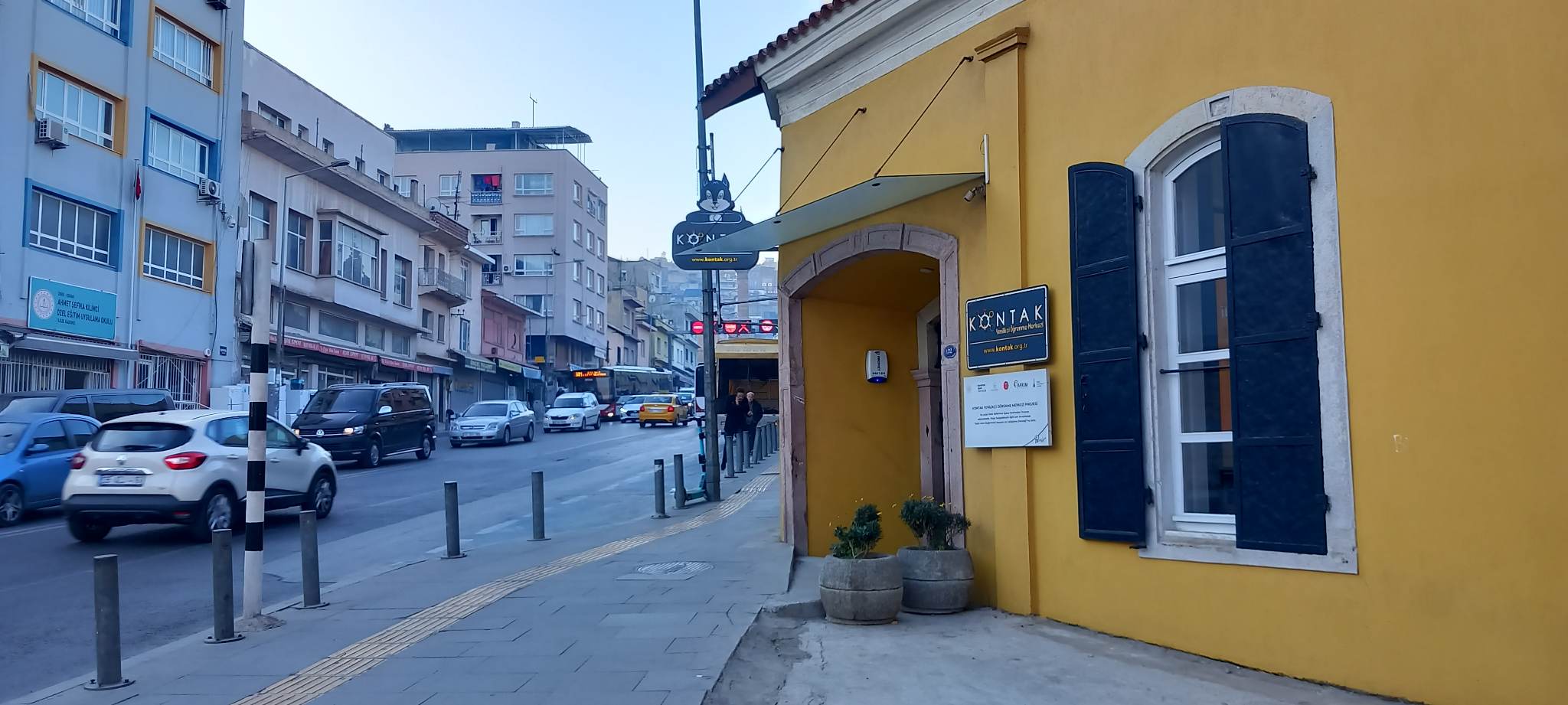
Izmir, January 2023. Today, students from the nearby public school are visiting KONTAK in the frame of Creative FLIP Learning Labs, bringing the building’s original purpose and atmosphere back to live.
Mentored by the team of Kentimiz Izmir Association comprising Sedef, Halis, Ece, Ibrahim, Sebnem and Ecenur, the young students are discovering existing cultural heritage at and around their primary school, making use of new technologies and techniques such as 3D printing and robotics.
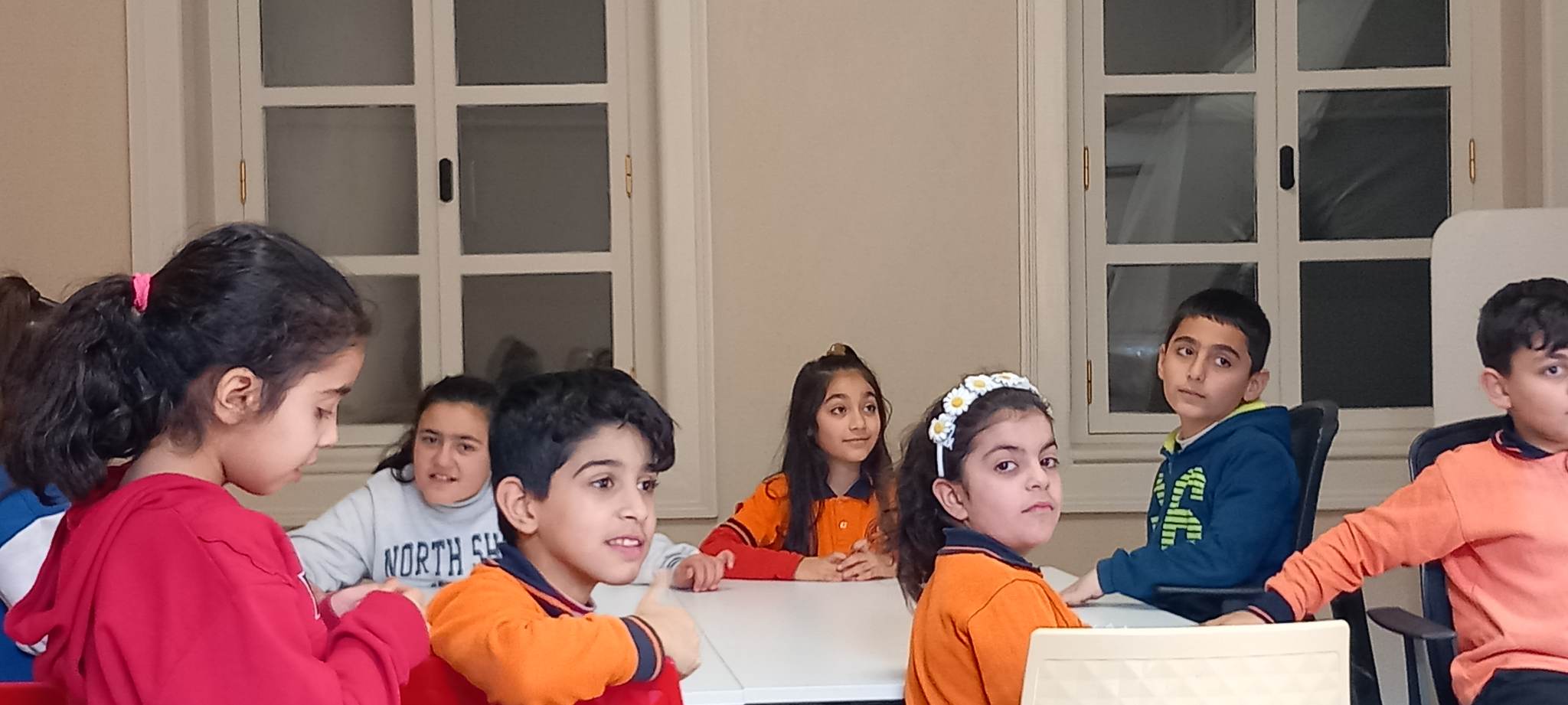
Some background: Today in 2023, the participating students are learning at İsmetpaşa Primary School in Konak district in Izmir. Next to the basketball court where they spend their breaks and free time, one stands in front of the remains of a historic church and bell tower, dating back to the 1850’s.
Whilst the students know and see these historic grounds every day, they are not aware of its history, meaning and today’s importance. This also became clear when a first survey was conducted with the students to understand their level of awareness.
A few months into the project, students recognise and reproduce the historic building in all its details.
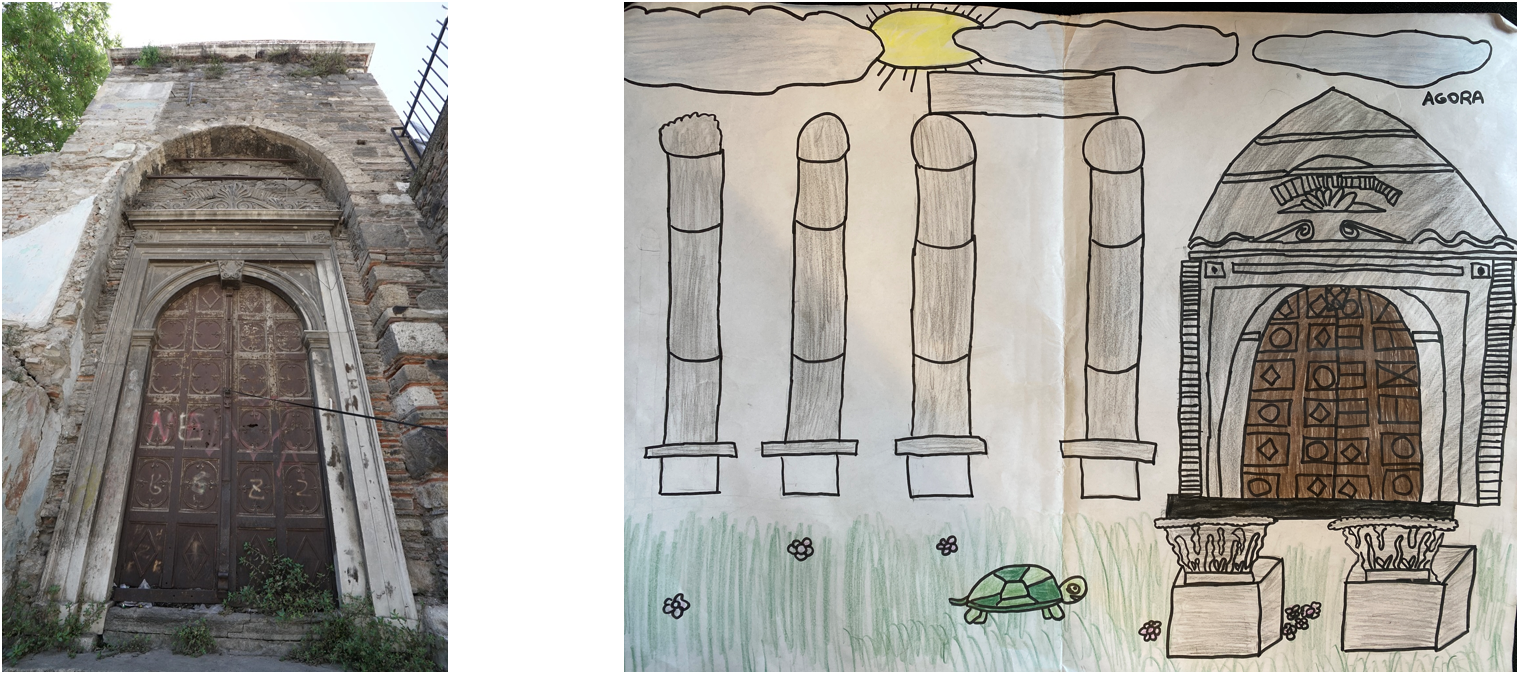
Staying true to their association’s goals, Kentimiz Izmir decided to use the old bell tower as a starting point for their Creative FLIP Learning Lab. Students learn about the historic place, conducting their own research and collecting images and facts that will later be shared with the rest of the school as well as parents and the local community. In parallel, they are learning about robotics, 3D design and 3D printing in order to build a model of the bell tower as it used to look.
Finally, they will be meeting several professionals to better understand the job profiles related to the activities they conducted, such as a historian, an archaeologist, a museum exhibit designer or 3D designer.
In January 2023 Creative FLIP team was able to visit, witness some of the activities and interview the team at Kentimiz İzmir Derneği.
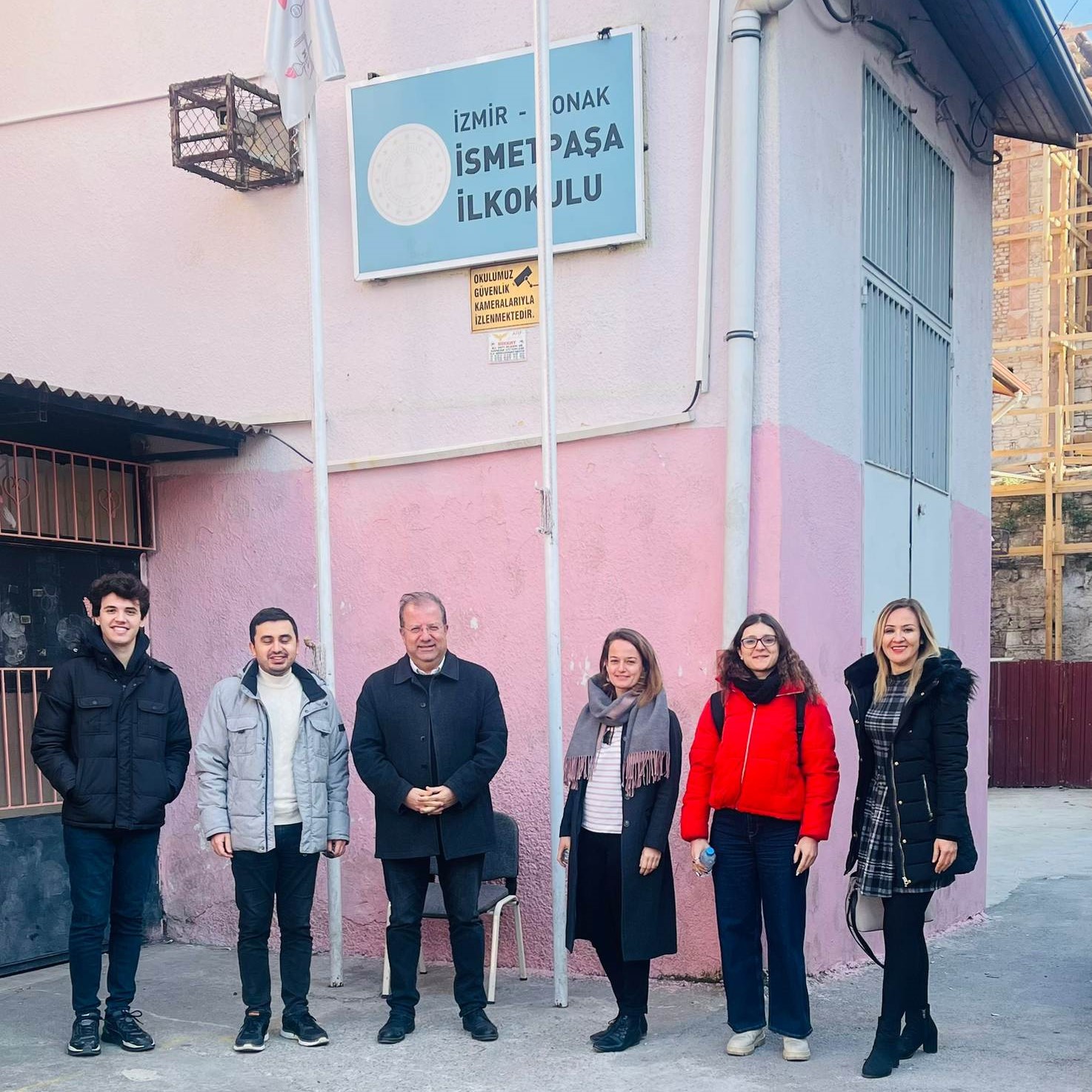
Why did you want to work specifically with this school and the historic bell tower?
“We are experienced in implementing projects that focus on historical places and archaeological sites. Kontak itself lays on the grounds of a 100-year-old historic school building, the İstiklal Primary School which was closed twice in its history. Both times, the students were moved to İsmetpaşa Primary School, about 500 meters away. Thanks to Creative FLIP Learning Labs we could start a project that revives this organic bond between the historic İstiklal School and todays İsmetpaşa Primary School.
Hands-on workshops with students are part of your daily work. Why is this workshop series as part of Creative FLIP Learning Labs different?
“Our workshop programs at Kontak last an average of 5 days. Through this project, we were able to work with the children on a more long-term basis and create a real community, including not only the children but their parents, teachers and the school director."
Did you also consider working with an older audience, such as high school students or those close to graduation?
“We focus on younger groups because they are our future and we believe that an early on investment in children will directly affect the future of the world. And only through education can change happen. Beyond this approach, we also wanted to work with this primary school in particular because it is a public school hosting many children with migrant background, deprived of the support that private schools or those in other neighbourhoods are able to offer."
In the case of your Learning Lab, all workshops re taking place at Kontak and outside of official school hours. Why did you choose this model for your LLab?
“This was a very conscious decision. We believe in quality non-formal learning outside the school which allows these children to enjoy the learning experience, without pressure or expectations from a teacher. We do not teach them, we mentor and guide them on an eye-to-eye level, making sure they gain confidence in their capability.
On another note, the school itself does not have the resources in equipment and material that we can offer at our Lab which is why we brought the students here.
However, and this is important, the closing event of the project will be held at the school itself, ensuring that the whole community can profit of the outcomes prepared by the children themselves."
You mention that you share a concern for the adequacy of formal educational systems preparing children for the future’s necessary skills. What are these skills?
“Our current educational system is built on memorization and standardization. We don’t want the students to memorize subjects for the sake of reciting them. We aim to guide them while demonstrating the practices of science to solve social and real-life problems. We like to call it experiential learning.
Robotics for example is an effective tool for improving 21 st century skills fostering creativity, collaboration and team-working, self-direction, communication skills and social responsibility."
Specifically in Turkey, where do you see potential of the further integration of transversal skills in regular school curricula?
“We see good practice examples of collaborations between associations or private initiatives and the Ministries of Education as well as Culture and Tourism. These collaborations can result in tools and materials developed by sector expert organisations and used by teachers. A good example is the private initiative “Komet Culture and Art Projects” which developed a Museum Kit aiming to develop students’ awareness for cultural heritage. In this context, a total of 500 teachers in Istanbul were initially trained to use the Kit during their lessons and statistics reveal that around 30.000 teachers are using the kit by now."

During your work on your Learning Lab, did you encounter any challenges or even systematic barriers?
“Specifically with regards to our Learning Lab and the way our educational system functions, we feel that children’s fundamental right to education is limited to “attending school”. But a child should also have access to “quality education” which in turn creates equal and inclusive learning opportunities for all children independently of their cultural, social and educational backgrounds. Innovative learning labs and the connection between learning and innovation are still a new concept in Turkey. We believe we should foster this trend and work on the harmonization and dissemination of this system, which meanwhile has become widespread in many other countries worldwide.
In a broader context of working with cultural heritage, the biggest barrier is that the topic is not a priority issue on a political level. Turkey still faces violations of women’s and children’s rights for example, and it is sometimes difficult to put cultural issues on the agenda of decision-makers.
While you have covered a wide range of topics and skills during your workshops with the students (robotics, 3D printing, design techniques, research and more), can you name one take away that you wish for the children?
“As they discover and learn new things, they are becoming more independent. And as they become more independent, they are beginning to take more pride in their accomplishments. Whether it’s learning a new concept, solving a tough problem on their own, or making a new friend, we would love for them to remember those big and small accomplishments!
And ultimately, at Kentimiz Izmir we believe that «a common heritage» encourages children to become active in local heritage and to share cultural experiences at local level."
Creative FLIP Learning Labs also aim to increase awareness of IPR protection within cultural practices. What was your impression of this new element to the labs?
“This concept was a completely new perspective for the children and has also become a new area for us to develop new skills ourselves as well. We made an effort to match the project activities with the concept of IP, designed a specific workshop and included many activities and examples that we had previously received by the Creative FLIP team.
Beyond your LLab workshops how have you benefitted of being part of Creative FLIP community?
“Since we became a beneficiary and member of Creative FLIP Project and community, we started to closely follow its activities and have also become involved in the big network of creative hubs. We have successfully applied to the Creative FLIP TwinHubs Program which will help increase our own hub’s capacity through skills development and exchange and the establishment of international partnerships."
By Wanda Poitschke
Read more about
Creative FLIP Learning Labs
Kentimiz İzmir Association
Kontak
Komet Culture and Art Projects Museum Kit









